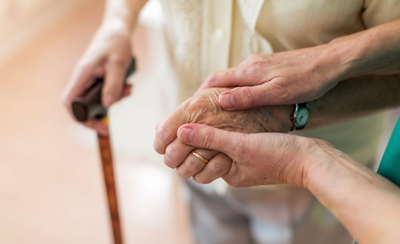
Story at a glance
Women make up the majority of unpaid caregivers for the elderly, according to a new report.
The Wells Fargo report, published Tuesday, found that between 2021 and 2022 59 percent of such caregivers were female. It also found that older women make up a sizable portion of the group, with women 55 and older comprising 30 percent of all unpaid caregivers for the elderly.
It is no secret that the United States is an aging country: Demographers project that one in five adults will be 65 or older by 2040, up from about one in eight in 2000.
As the older population grows, so will the country’s elder care needs, which will be felt more intensely by women.
And this additional responsibility could drive some women out of the workforce entirely, according to Shannon Grein, senior economist at Wells Fargo.
Stepping out of the labor force full- or part-time to take care of someone has a direct impact on earnings, said Grein, adding that labor market exits are traditionally associated with lower lifetime earnings.
Women, and especially older women, are more likely to stop working full-time to care for family or friends, the report notes.
Out of all women 55 and older who were out of the labor force in 2023 for reasons other than retirement or disability, nearly 2 million said they had stopped working because of family obligations — about seven times the number of men who said the same.
Women who take care of a loved one while remaining in the labor force also tend to reduce their paid work hours more than men, according to the report.
In 2023, the share of women 55 and older working part-time due to family obligations was 5.3 percent, compared to 1.3 percent of men.
“If responsibilities were more evenly distributed, women ages 55+ could have made even stronger contributions in recent years to the labor force,” the report said.
Paid elder care also relies heavily on women. According to the report, 82 percent of home health and personal care aides are women.
These jobs are expected to grow 22 percent by 2032, according to the Department of Labor, but while home health and personal aide jobs will become more available, their pay will most likely remain low.
“This is another hurdle for women in terms of the fight for financial equality,” said Grein. “And it kind of leaves them less prepared for their own retirement.”